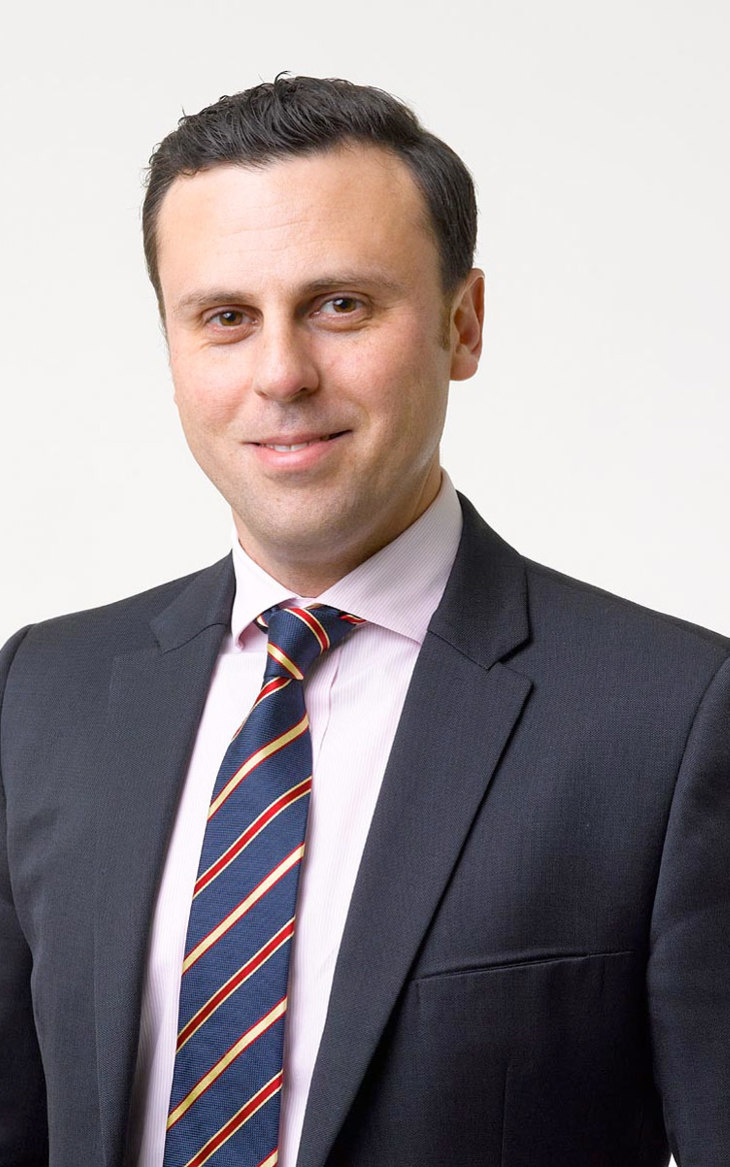LMSSA(Lond), LRCP(Lond), LRCS(Eng), MS,FRCS
Consultant Oncoplastic Breast Surgeon
Breast Cancer Treatment
In most patients the first treatment for breast cancer is surgery. This involves excision (removal) of the tumour. Most patients will require additional treatments to reduce the risk of the cancer coming back. This type of treatment is called “Adjuvant treatment” and includes: Radiotherapy, Chemotherapy, Hormonal treatment, and targeted therapy (Herceptin). Not every patient requires all the above treatment and sometime it’s a combination of adjuvant treatments depending on the characteristics of each individual cancer.
Surgery
Surgery aims to remove the cancer by performing either a lumpectomy or in some cases a mastectomy. Breast cancer can sometimes spread to the lymph nodes (glands) in the axilla (armpit) and therefore all patients will require an assessment of these glands and if they are involved then those patients will need removal of these glands or what is called “axillary node clearance”. In the vast majority of cases, however, the glands are seemingly normal and the standard procedures is to perform what is called sentinel node biopsy. Sentinel node is the first node in the lymphatic drainage of the breast and we can identify this node by two methods which are normally combined.
The first method involves injecting a blue dye around the nipple during surgery which enables the surgeon to identify this node. The second method involves injecting a very small amount of radioactive tracer which the surgeon can detect during the operation using a special probe.
In cases where patients require a mastectomy, breast reconstruction can be offered during the same operation for most patients. Various options of breast reconstruction will be discussed in great detail, and we aim to tailor breast reconstruction according to your needs and expectations. There is no such thing as one size fits all and we use the latest modern techniques of breast reconstruction using either your own tissue or breast implants.
Patient who had “Therapeutic mammaplasty” this is a combination of lumpectomy for cancer on the right and breast uplift.

Before

After
Radiotherapy
Radiotherapy uses high-energy rays to destroy cancer cells, while doing as little harm as possible to normal cells. Usually, the course of radiotherapy lasts for three weeks (Monday to Friday with a break over the weekend). Each session lasts about 15minutes. External radiotherapy does not make you radioactive and it is safe for you to be with other people, including children, after your treatment.
You may develop some side effects which usually disappear gradually over a few weeks or months after treatment finishes. The most common side effects are skin irritation, tiredness, and breast ache or swelling. Occasionally, patients may develop late side effects which mainly involve a change in the way the breast looks and feels. Breasts may feel firmer (harder than the other breast) or smaller (loss of volume). In some cases patients can experience what is called Telangiectasia which are thread-like veins (spidery marks) in the skin of the breast.
Chemotherapy
Some patients who have large tumours, high grade tumours, or where the cancer has spread to the lymph glands will require Chemotherapy. This form of treatment involves the administration of powerful cytotoxic medications (usually through a cannula in the arm). Chemotherapy is usually given in sessions and each session lasts a few hours. After the session, you will have a rest period of a few weeks. The chemotherapy session and the rest period is called a cycle of treatment. The length of each cycle depends on the chemotherapy drugs the patient is taking, but most cycles are 1–3 weeks long. Most courses of chemotherapy consist of six cycles.
Chemotherapy drugs can cause side effects. Many of these can be controlled well with medications and will usually go away when your treatment finishes.
Common side effects of Chemotherapy:
Increased risk of infections in general
Bruising
Anaemia (Low blood count)
Tiredness and fatigue
Loss of appetite
Nausea and vomiting
Tingling in the feet and hands
Hair loss
Sore mouth
Hormonal Therapy
Hormonal therapy reduces the levels of oestrogen in the body or prevents it from attaching to the cancer cells. It’s used to reduce the risk of breast cancer coming back and it also protects the other breast. Hormonal therapy comes in the form of a tablet that have to be taken once a day normally for a 5 year period. The common hormonal therapy drugs used are Tamoxifen and more recently aromatase inhibitors (Arimidex, Letrozole, Aromasin). They are all different preparations and have different side effects.
They are generally well tolerated drugs and most patients have few side effects. Occasionally, aromatase inhibitors can cause: hot flushes, muscle and joint ache, tiredness, reduced bone density (Osteoporosis)
Targeted Therapy
Patients with a certain type of breast cancer where the cancer has positive HER2 receptors, can benefit from blocking those receptors with a drug called Herceptin. This treatment is only suitable for about 20% of all breast cancers. It involves administering the drug Herceptin through the vein (Cannula or a drip). It normally takes 30 minutes to administer each injection and this is repeated once every three weeks. The effects of Herceptin are usually mild and include flu-like symptoms such as headaches, high temperature (fever) and chills, or feeling sick.
Herceptin may lead to changes in the way patientshearts work and can cause problems in some women. Usually, this effect is mild and reversible. Patients may be given heart medicines to counteract these effects.


